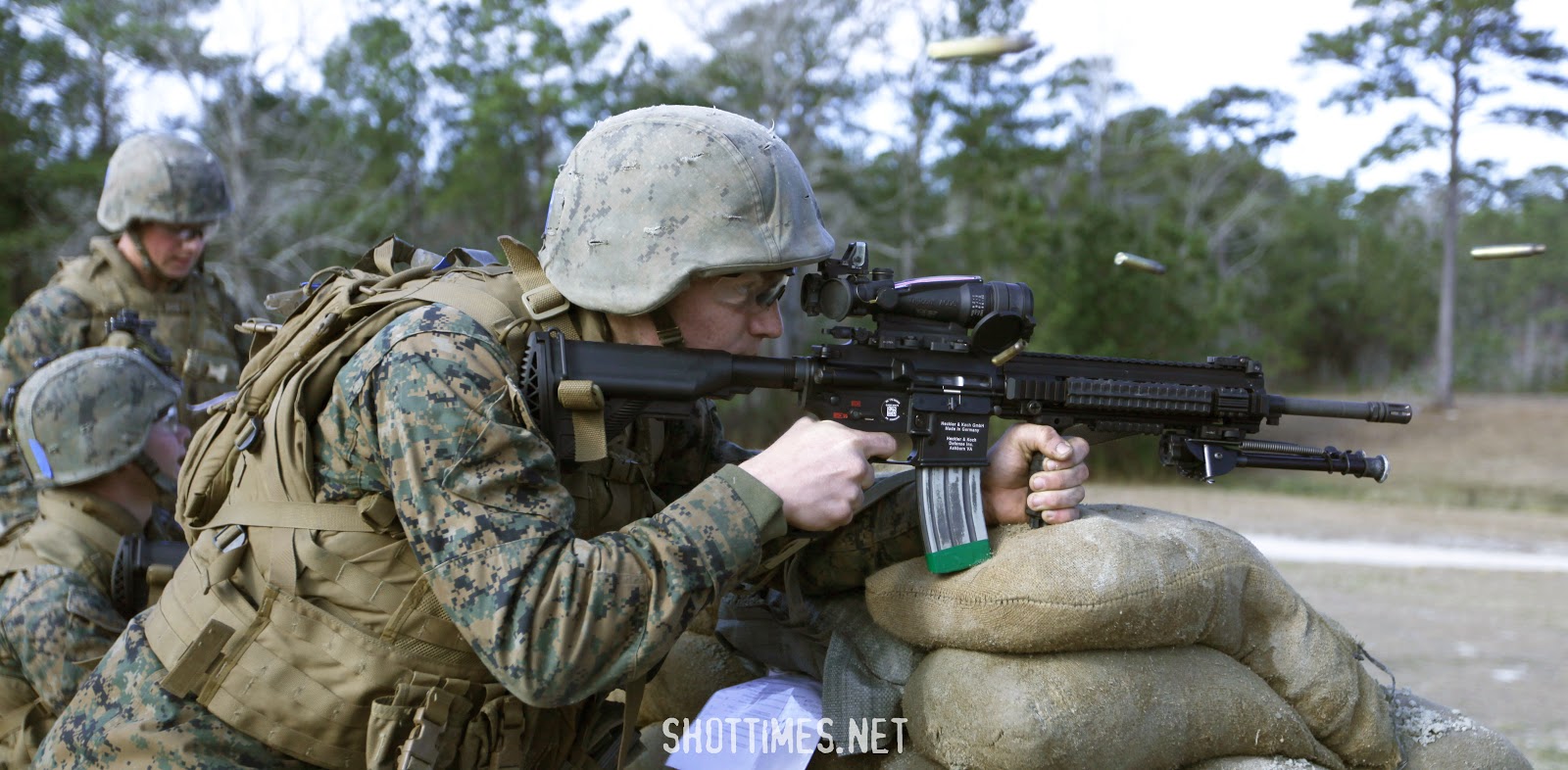

The IAR is that magazine-fed heavy assault rifle, but its 30 round magazine can make sustained suppressive fire difficult unless several IAR operators are on hand.ĭrum magazines can be used to increase the number of available rounds, but loading them is difficult, many drum magazines have reliability issues, and carrying multiple drum magazines is a lot bulkier than carrying multiple 30-round ‘flat’ magazines. Until recently, the Ultimax 100 has been the closest thing to an LMG that could comfortably switch over into “heavy assault rifle” mode, without losing its basic function. The benefit is that keeping the enemy’s head down has considerable defensive value, and frees up your own side to maneuver. The price is paid in weight and accuracy. Light Machine Guns can be used for sustained “suppressive fire,” but often pay a price for doing so. The larger questions around these weapons boil down to doctrine. DID offers more background concerning the USMC’s IAR contenders, contracts… and controversy. That shift in the 13-man Marine squad has its advocates and detractors.

The result was not a true light machine gun, but something in between an LMG and an assault rifle. In exchange, the Marines decided they were willing to trade the SAW’s belt-fed design for switchable 30 round magazines, which are used up much more quickly but can be changed in battle much more quickly. It also had to be considerably lighter than the M249, at just 12.5 pounds maximum and 10.5 pounds desired weight. This would give it the single-shot and “first through the door” capabilities that the M249 lacks, while allowing for more sustained fire than an M16 can handle without risking ammunition “cook off” in a heated barrel. First, the gun had to fire from either the open or closed bolt position. Their initial 2005 solicitation for an “Infantry Automatic Rifle” (IAR) wanted two big things. They can be more hindrance than help in some of the close-quarters urban warfare situations dominating current battlefields, especially since they have a reputation of jamming more often than standard rifles. Many were worn from use, and at 15-17 pounds empty, these belt-fed weapons are rather heavy. The ACOG also incorporates a rugged miniaturized reflex (RMR) sight for close quarters shooting at 100 yards or less.The US Marines have been using the M249 5.56mm light machine gun since 1984. It also features a Trijicon ACOG Squad Day Optic, which sports 3.5 power magnification and allows target identification and precision fire out to distances of up to 600 yards. The weapon features a Harris folding bipod, giving it a stable shooting position while prone or from behind cover. Other factors further improve the M27’s accuracy.

In the hands of a trained automatic rifleman, this scales upward, so the M27 will deliver rounds within twelve inches of the target at 600 yards. The M27, on the other hand, is approximately a two minute of angle weapon, meaning it will land rounds within two inches of the target at 100 yards. The M249 is first and foremost a machine gun and is accurate to about twelve minutes of angle, meaning rounds will hit within a foot of their target at 100 yards. The main difference between the M27 and M249 Squad Automatic Weapon, however, is accuracy. The result is increased flexibility and more tactical options for the squad leader. Army infantry squad, the Marine squad has four more personnel and a third rifle team.

These squads further divide into three fire teams led by a single squad leader, each of which has two riflemen, a grenadier, and an automatic rifleman. The Marine Corps, accustomed to heavy losses against strong enemy defenses and beach assaults, maintains robust, thirteen-man infantry squads. More accurate and capable of accomplishing its mission with fewer expended rounds, the M27 is now being considered as the front-line rifle not only for a handful of squad members but across the Corps’ front line units. The adoption of the M27 Infantry Automatic Rifle over the older M249 Squad Automatic Weapon marks a return to that ethos across the service at the small unit level. Marksmanship, the ability to shoot accurately and service targets with the minimum expenditure of ammunition, has always been part of the Marine Corps ethos.


 0 kommentar(er)
0 kommentar(er)
